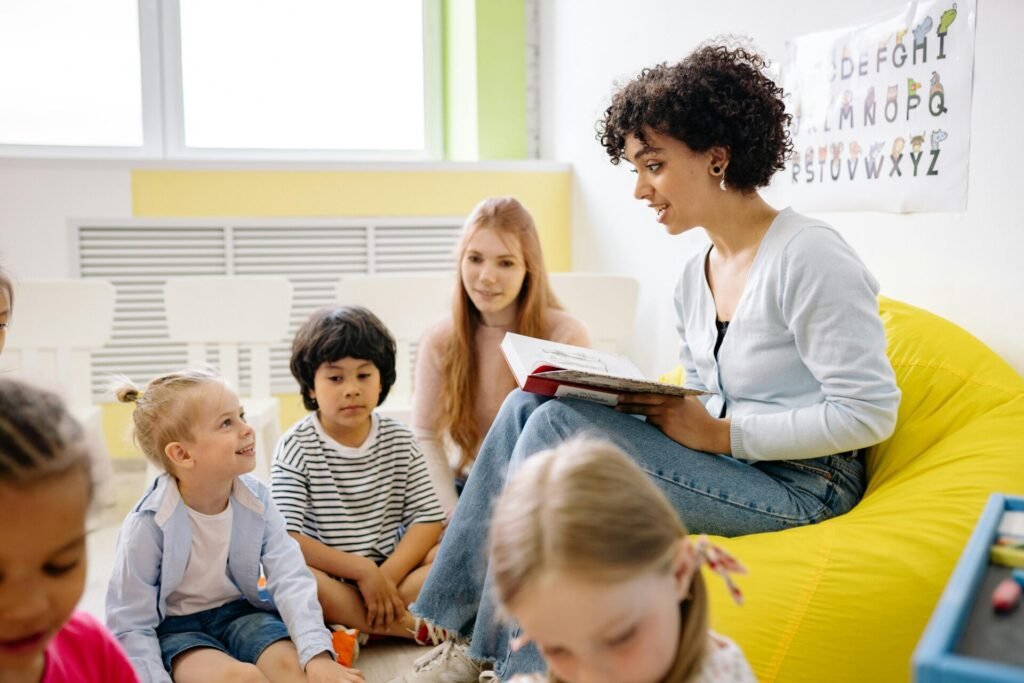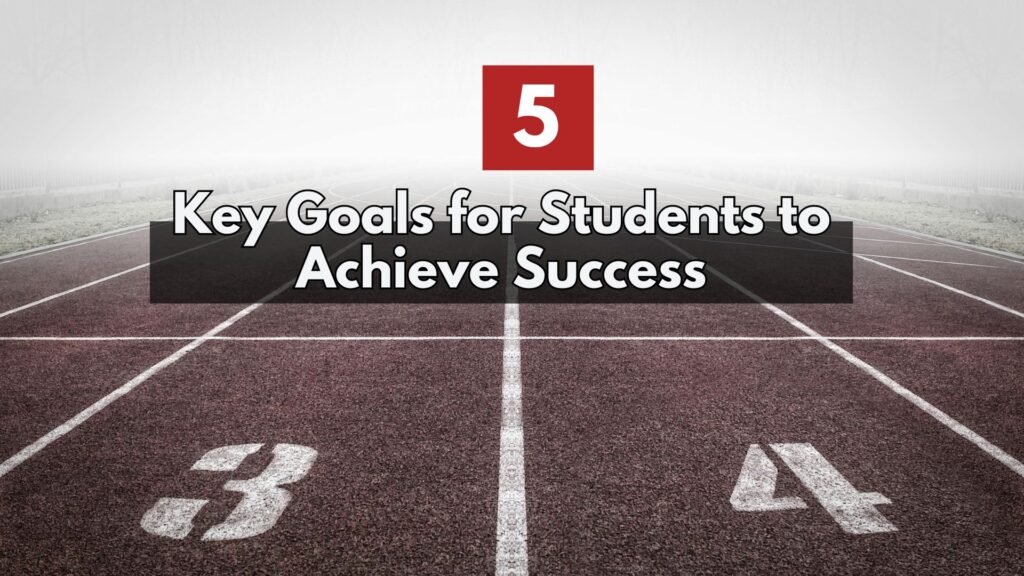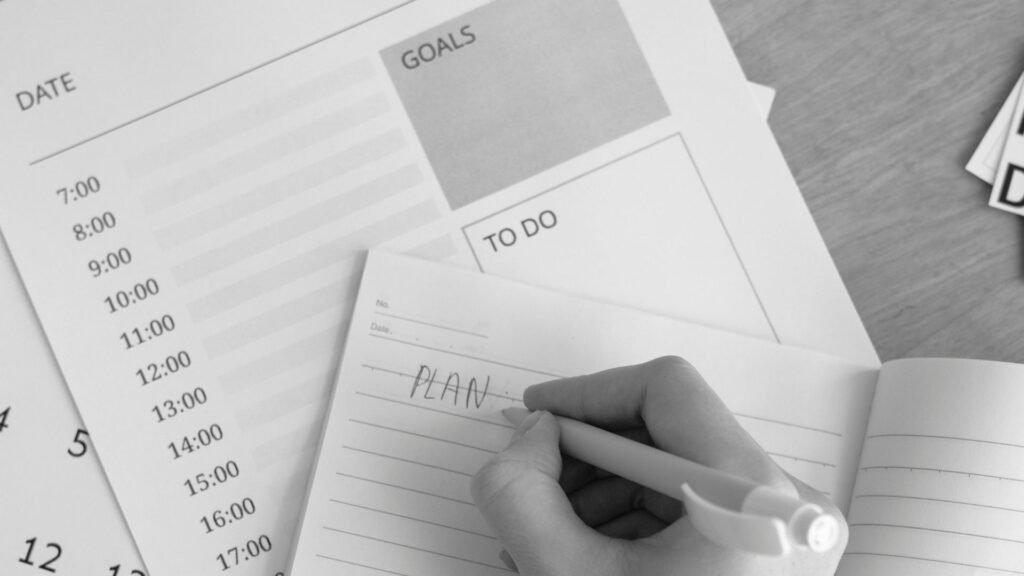Teachers are agents of change who guide their students toward a bright future.
Goals setting for teachers is very important. It helps them plan better, try new ways of teaching, and bring more energy into the classroom.
In this article, we’ll share useful tips for teachers to set effective goals. So that they’ll be able to not only improve their class performance but also improve their personal life as well.
The Power of Purposeful Goal Setting
A well-organized goal setting gives you a roadmap for success.
When You set meaningful goals, you gain the ability to:
- Take Control of Your Professional Growth
- Track improvements in teaching methods
- Measure student engagement and adjust accordingly
- Document successes and learn from setbacks
- Transform Your Classroom Environment
- Create consistent expectations for behavior
- Develop engaging lesson plans ahead of time
- Build stronger relationships with students
- Achieve Better Student Outcomes
- Focus on areas that need improvement
- Adapt teaching methods based on data
- Celebrate progress systematically
Types of Goals for Teachers
1. Professional Development Goals
Professional development goals are crucial to grow as a teacher. These goals improve your knowledge and teaching skills.
Create a focused plan:
Short-term goals:
- Read one teaching-related book per quarter
- Implement one new teaching strategy each month
- Join two professional learning communities
Long-term goals:
- Pursue relevant certification or advanced degree
- Develop expertise in specific teaching methods
- Build a professional network
2. Classroom Management Goals
Start with these clear targets:
- Establish three key classroom routines during the first week.
- Cut down transition time between activities by 20%.
- Develop a consistent way to handle common behavior issues.
Engaging Tip: Let your students decide the rules and what happens if someone breaks them. When they decide rules, they know what to do and feel themselves responsible.
3. Student-Centric Goals
Student-centric goals make sure your teaching style fits each student’s needs, interests, and how they like to learn.
These goals include:
- Allowing students to choose topics they want to learn about.
- Helping students build confidence and believe they can improve.
- Designing lessons that fit everyone’s needs.
Pro Tip: Talk to your students one-on-one or ask them to fill out surveys. Find out what they like and how they like to learn. Then, use this info to make lesson plans.
Tips for Teachers to Improve Performance
Enhance Classroom Performance

Make Learning Fun and Interactive:
Add excitement to your lessons with games, group projects, and hands-on activities.
Personalize Learning:
Every student learns in their own way. Adjust your teaching to meet their individual needs and learning styles.
Use Technology for Better Learning:
Use apps, digital tools, and multimedia to make lessons more exciting.
Celebrate Success in the Classroom

Celebrations build a supportive classroom community. When students see their classmates being recognized, they become cheerleaders for each other. This creates a positive environment where everyone feels motivated to do their best.
Here are some practical tips on how to celebrate success in the classroom:
Give Personal Shout-Outs:
Celebrate each student’s achievements. A high-five, a note, or a cheer makes them feel special.
Create a Success Wall:
Set up a place in the classroom to show off students’ best work.
Let Students Lead Celebrations:
Let students celebrate each other’s success. Whether it’s a mini party or just clapping for each other, it will bring the class together and make everyone happier.
Reward Milestones:
Help students set goals and celebrate when they reach them. Small rewards, like stickers or certificates, make students proud and confident.
Share with Parents:
Tell parents about their child’s success so they can celebrate too!
Praise Publicly:
When a student does something great, please share it with the class.
Reflect and Learn:
Celebrate the hard work, not just the result. Talk with students about how they’ve grown and what they’ve learned.
Involve Parents in their Children’s Education
Create practical connection points:
- Send weekly class updates via email
- Host monthly virtual office hours
- Create a class newsletter
- Organize parent volunteer opportunities
Involve Parents in School Activities: The more parents get involved in extracurricular activities, the better. Seek their support for events like carnivals, fundraisers, or field trips.
Practical Tips:
- Recruit Volunteers: Ask parents to assist with school events like field trips or sports tournaments.
- Join PTA (Parent-Teacher Associations): Encourage parents to join the PTA to have a say in school decisions and contribute to the community.
- Plan Family Events: Organize fun activities where parents can mingle with each other and school staff, like picnics or movie nights.
Self-Care Tips for Teachers
You can’t pour from an empty cup. Keep yourself refreshed for lasting energy.
- Have a warm cup of coffee or tea to relax and feel refreshed.
- Keep some snacks or chocolate on your desk for a quick energy boost.
- Listen to your favorite songs or podcasts to lift your mood.
- Step away from work for a moment. Take a few deep breaths, stretch, or enjoy a quiet moment.
- Spend time on something you enjoy, like reading, gardening, or solving a puzzle.
Final Thoughts
Goal setting isn’t about being perfect—it’s about making progress. Start with one area that matters most to you, set clear targets, and build from there.
Your students will notice the difference, and most importantly, you’ll feel more confident in your teaching.
FAQs
What is an example of a teacher goal setting?
A teacher’s goal example is, to improve student engagement by incorporating more interactive activities into lessons.
What is my main goal as a teacher?
Your main goal as a teacher is to empower your students to learn, grow, and succeed academically and personally.
Why should teachers set goals?
Setting goals as a teacher improves your teaching methods, enhances student engagement, and achieves better learning outcomes.
What makes a good teacher?
Good teachers are patient, caring, creative, and always ready to learn. They inspire students, communicate well, and adapt to different situations.






